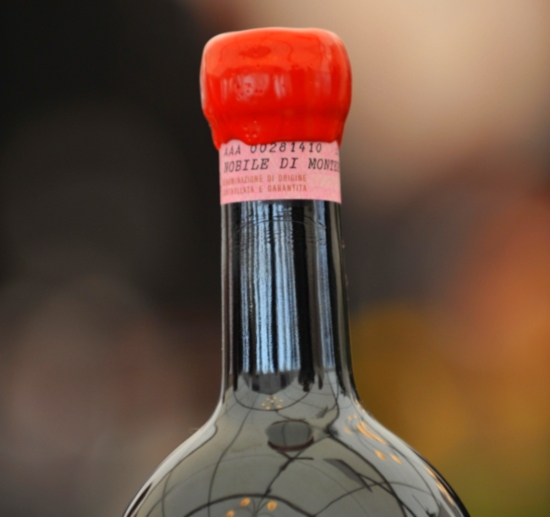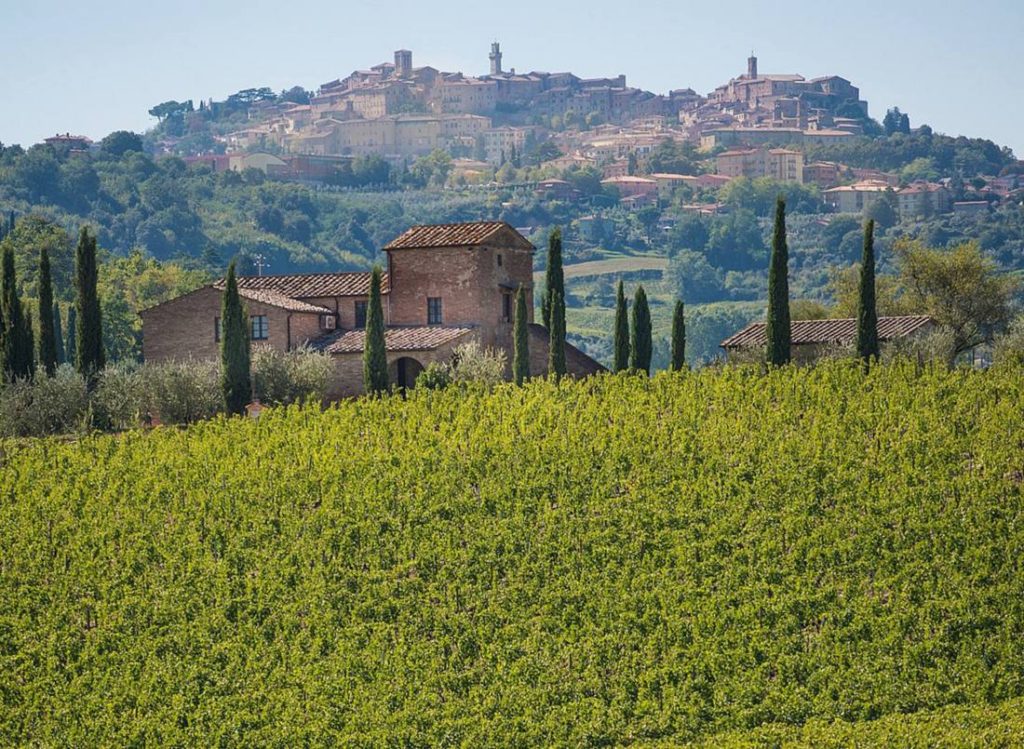
Vino Nobile di Montepulciano re-emphasizes terroir
Judging by the wines from the nine producers who visited Boston, Montepulciano winemakers have returned to native Tuscan blending grapes. DOCG rules permit up to 30 percent non-Sangiovese grapes in Vino Nobile. In truth, more than half the wines I tasted were more than 90 percent Sangiovese. And those producers blending in other grapes have largely stopped using Merlot. Instead, they opt for Canaiolo (which softens the acidity of Sangiovese), Colorino (which provides color and structure), and Mammolo (which gives a velvety violet note). Since each producer presented three to five wines between the technical tasting and a dinner, my full tasting notes would be overkill here. Suffice it to say that Montepulciano superstars Boscarelli (poderiboscarelli.com), Dei (cantinedei.com), and Poliziano (www.carlettipoliziano.com)—along with Antinori-owned La Braccesca—continue...Read More

